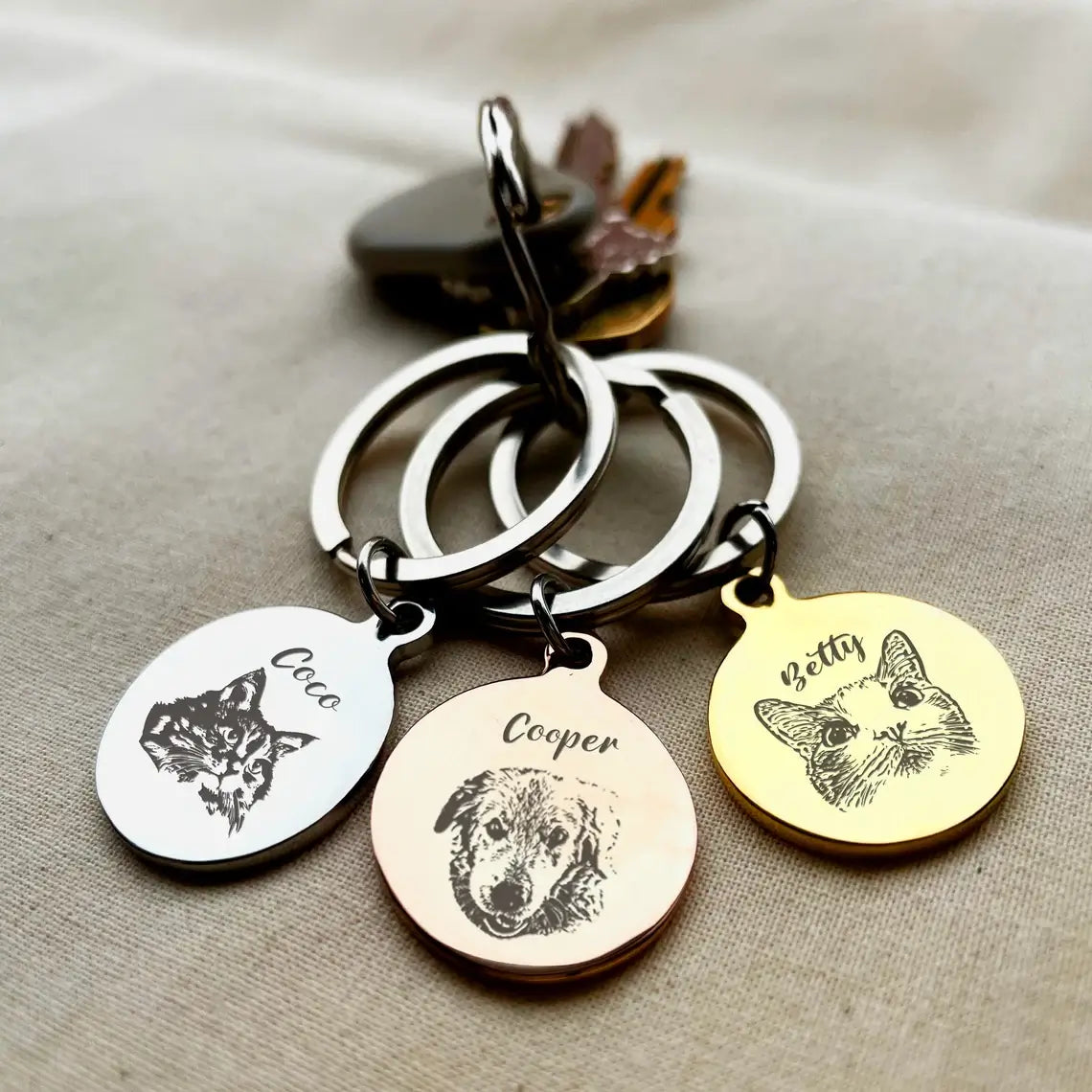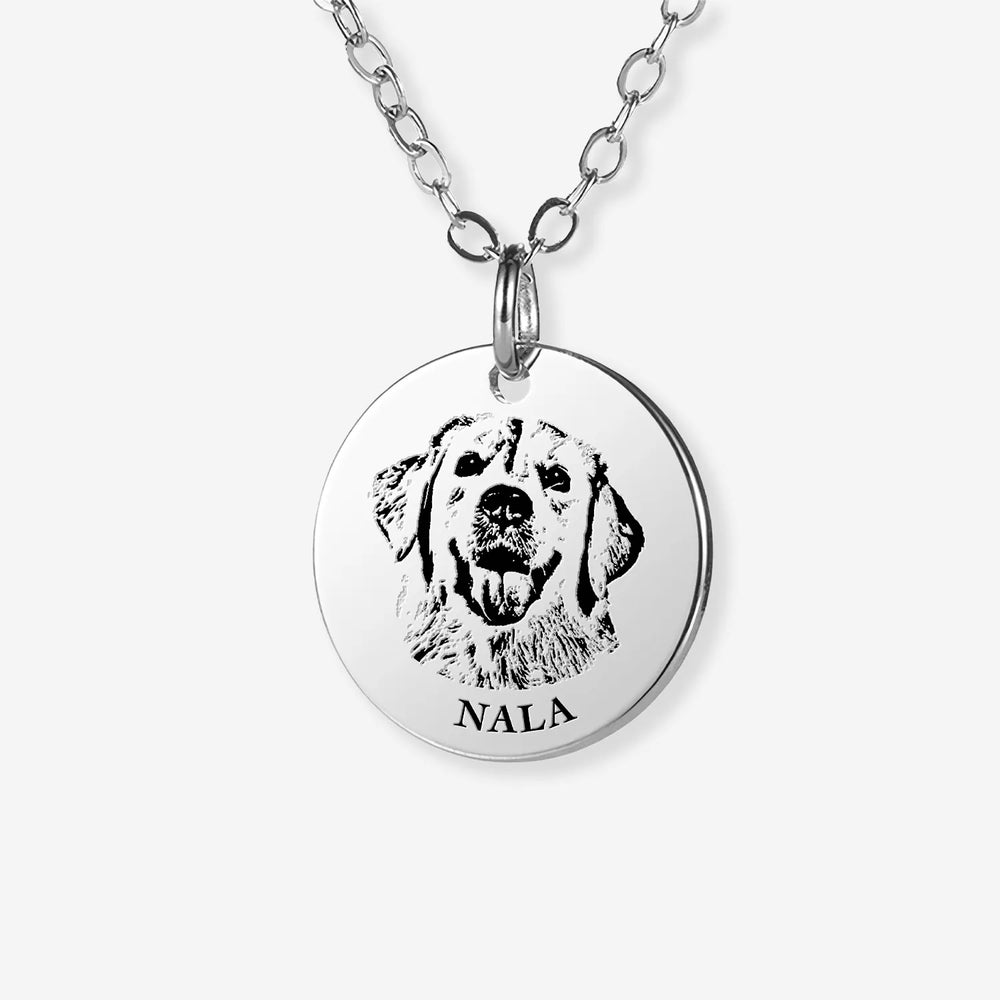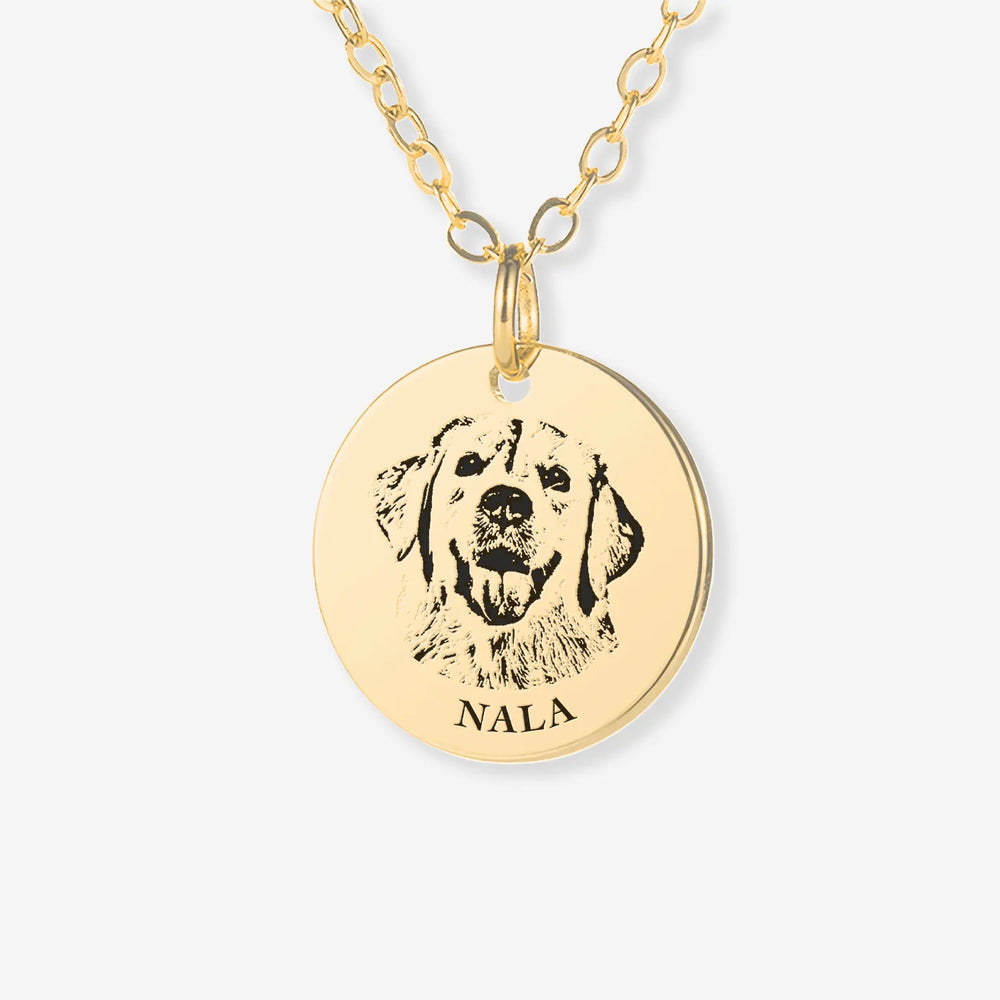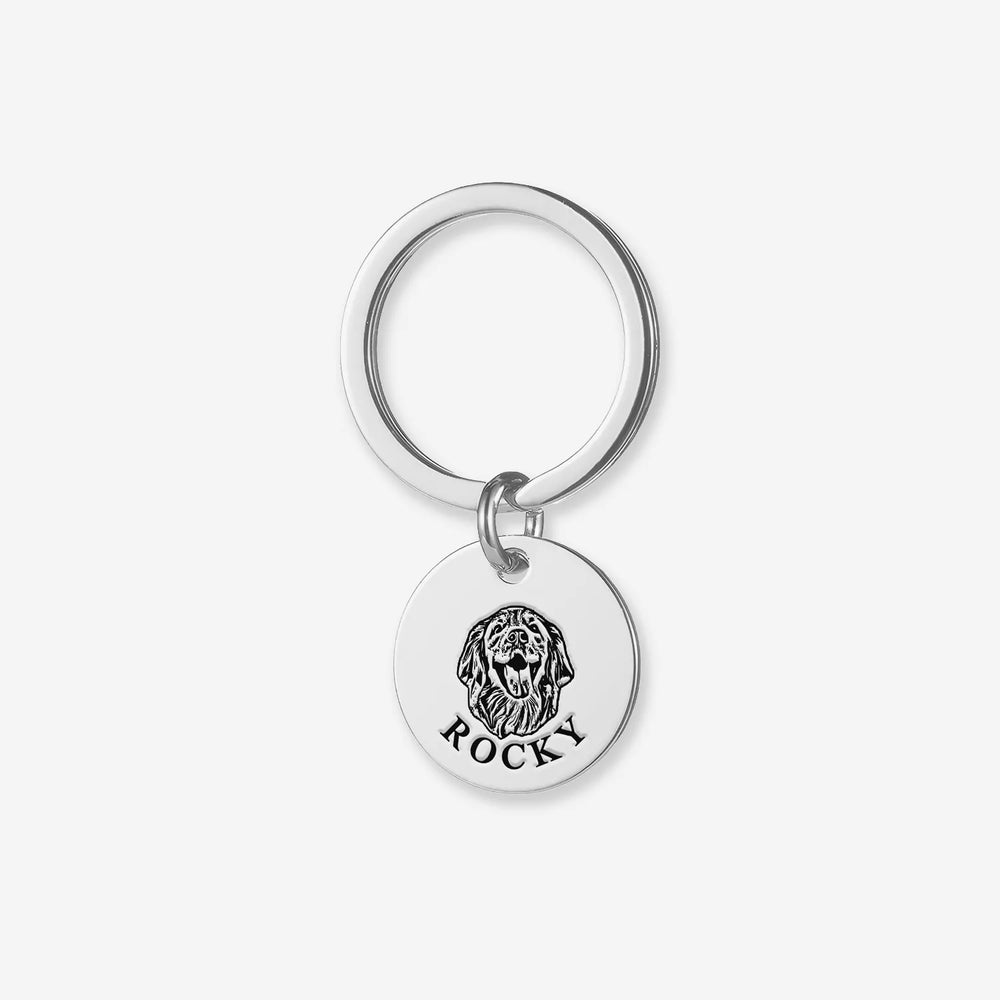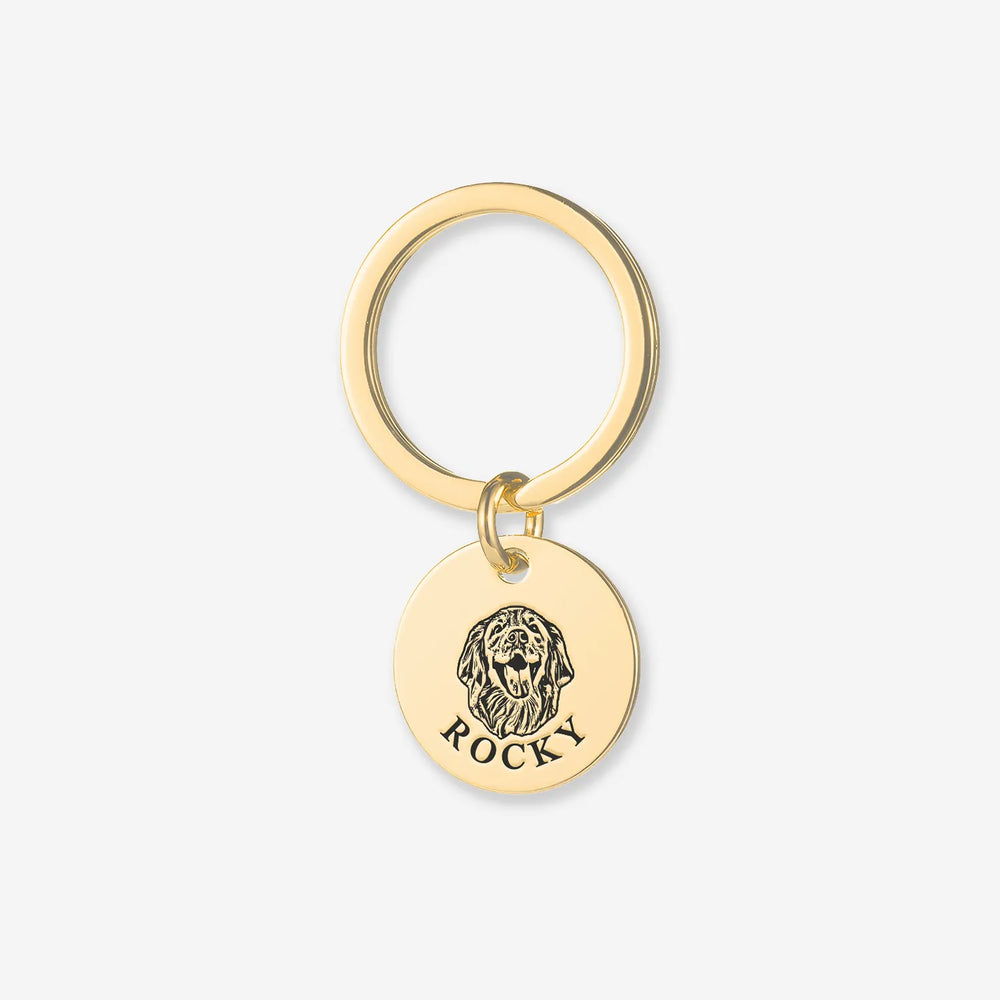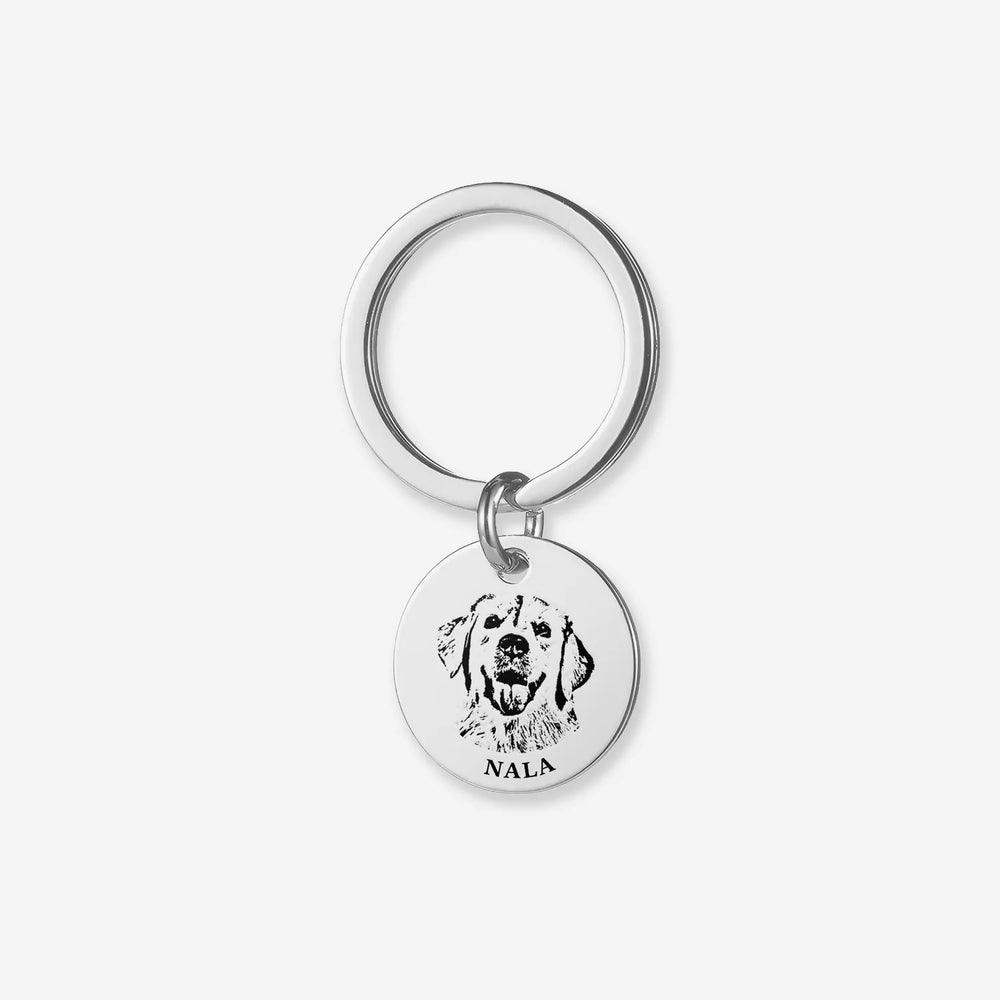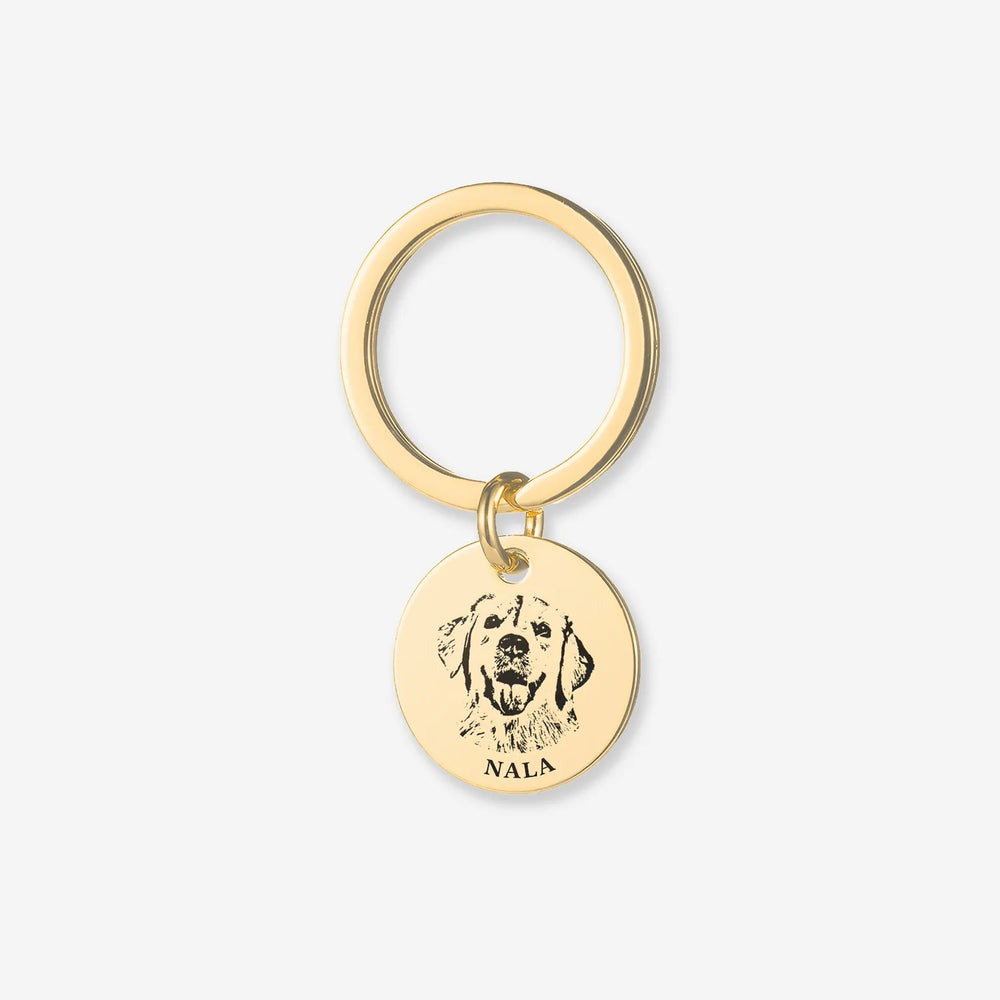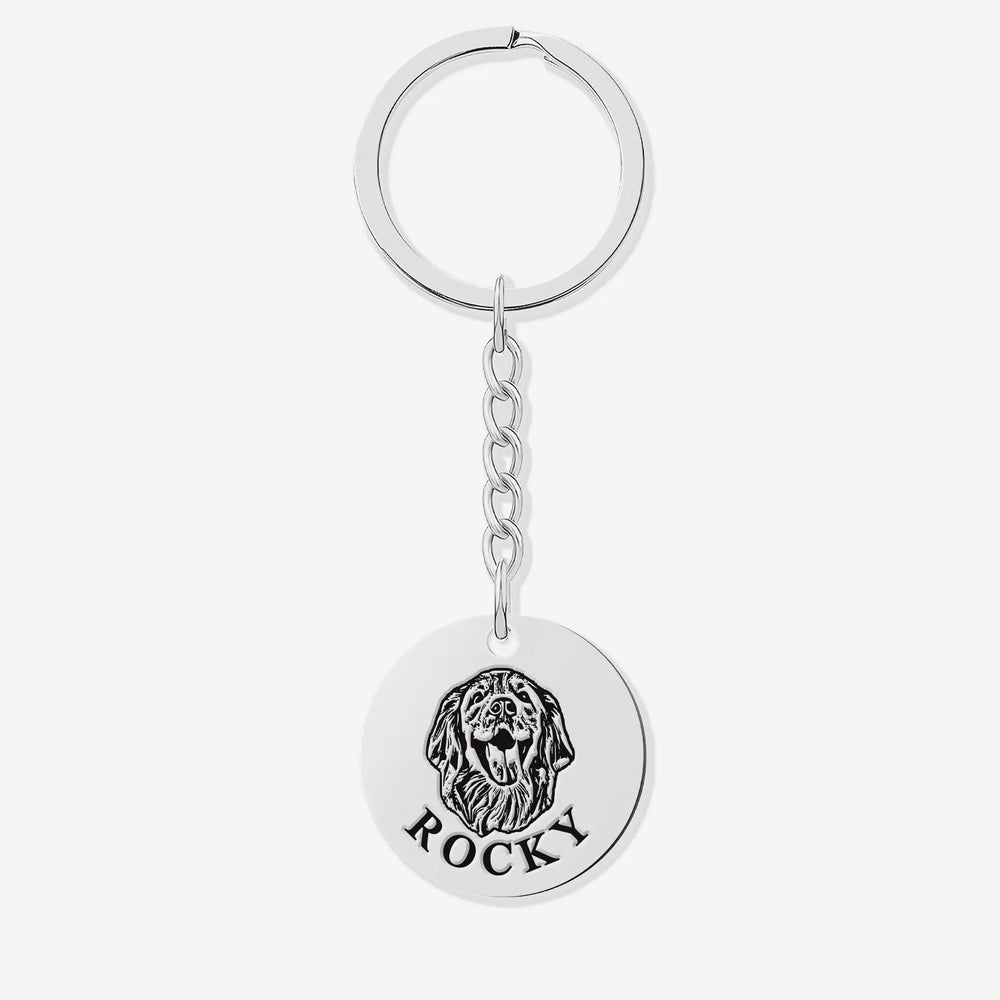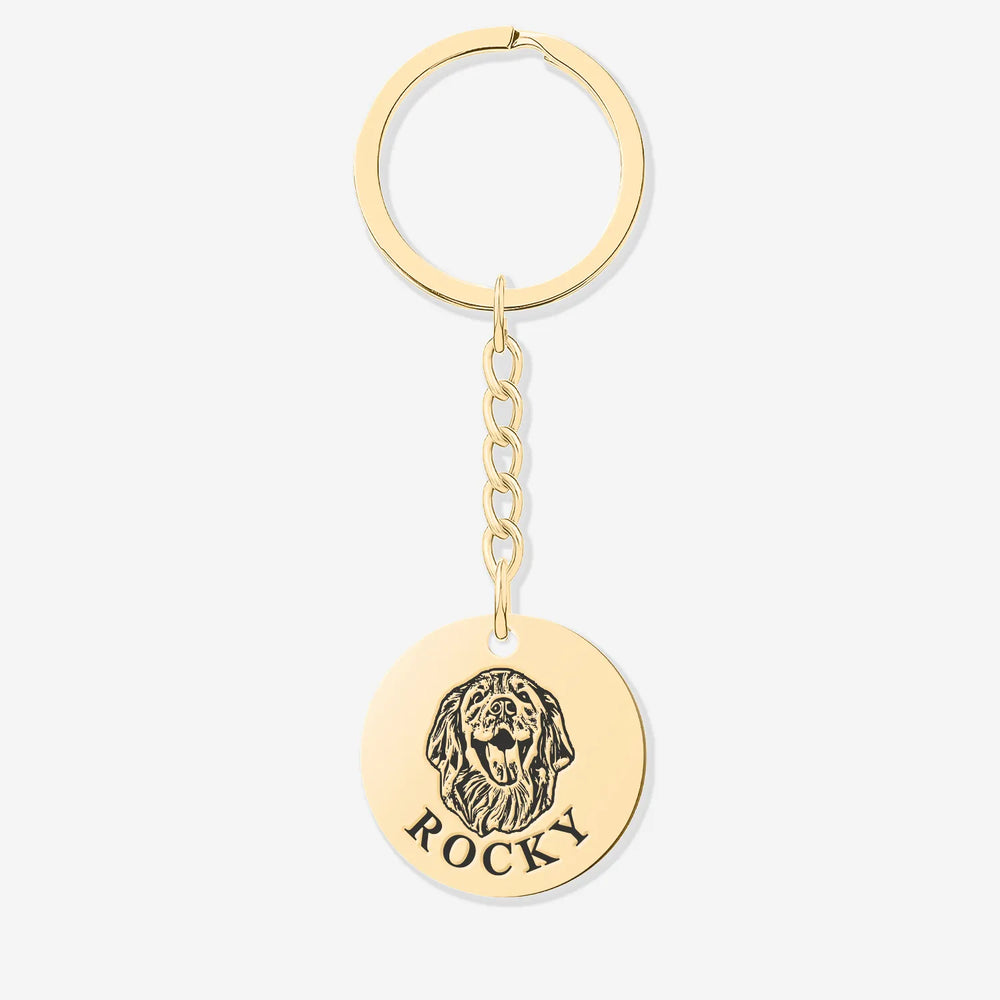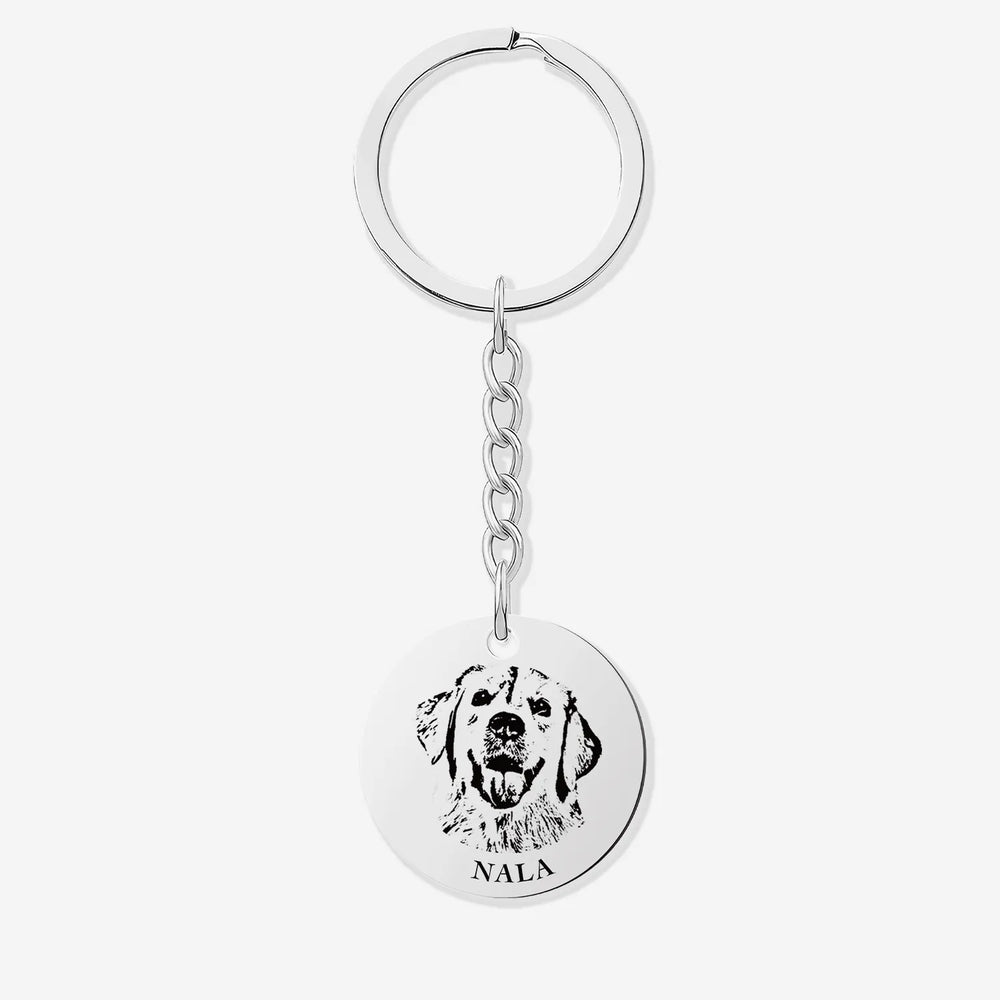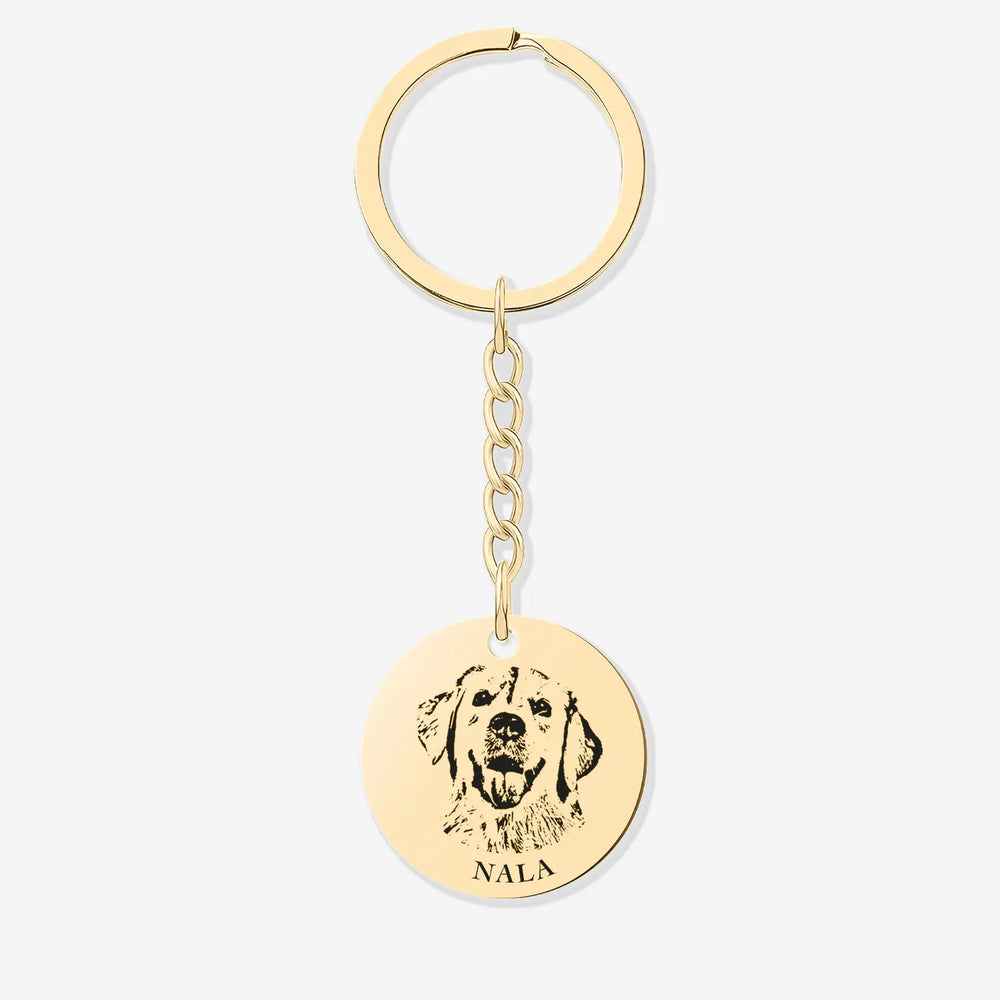Buy One, Get One FREE
How to Calm a Terrifying Dog

Introduction
Terrifying dogs can be a source of worry for many pet owners. These dogs may display behaviors that seem threatening or aggressive, causing unease in their surroundings. Understanding and managing this behavior is crucial for both the dog's well-being and the safety of others. Learning how to calm a terrifying dog can significantly improve their quality of life and yours.

Understanding Terrifying Dogs
Before diving into solutions, it's essential to understand what we mean by terrifying dogs. Terrifying dogs are generally dogs that exhibit intense fear or aggression, leading to behavior that may seem dangerous to people and other animals. Factors contributing to such behavior can vary widely.
What Are Terrifying Dogs?
Terrifying dogs can be defined as those displaying aggressive tendencies due to fear or past trauma. Often, these dogs have had negative interactions with people or other animals that have shaped their behavior.
Why Do Some Dogs Exhibit Terrifying Behavior?
Understanding the causes behind the behaviors of terrifying dogs is crucial. Often, these reactions stem from fear. For instance, a dog that has faced abuse may react aggressively when feeling threatened. Additionally, certain breeds inherently possess more aggressive traits due to their genetics, making them more susceptible to becoming terrifying.
Common Triggers for Terrifying Behavior
Identifying common triggers can help in addressing the issue. Often, terrifying dogs may react fearfully to loud noises, sudden movements, or unknown people. Sometimes, their aggression is a direct response to a perceived threat, making understanding the roots of their behavior essential for proper management.
Recognizing the Signs of Fear and Aggression

Being able to read your dog's body language is a key part of understanding their state of mind.
Body Language Cues
Terrifying dogs often show various signs of anxiety or aggression. Pay attention to their tail position and movement. A tucked tail usually indicates fear, while a stiff tail may signal aggression. Additionally, ear position can give insights into their temperament. Erect ears can show alertness to a threat, while pinned-back ears often indicate fear or submission.
Signs of Aggression to Watch For
Familiarize yourself with the signs of aggression in dogs. Growling and baring teeth are clear indicators that a dog is uncomfortable. Display of a stiff body posture is another red flag. If you notice these signs, it’s essential to approach the situation calmly and cautiously, always prioritizing safety.
Training and Socialization Techniques
Training and socializing your dog can be incredibly effective in reducing their terrifying behavior.
Basic Obedience Training
Establish basic obedience through commands like sit, stay, and calm. Using positive reinforcement helps build trust and leads to better behavior over time. Instead of using fear-based training, reward them with treats or praise when they follow commands.
Socializing Your Dog
One of the most effective strategies in addressing terrifying behaviors is socialization. Start by slowly introducing your dog to other dogs and people. Begin in a controlled environment, gradually increasing their exposure under safe circumstances. This process helps them become comfortable with new experiences and reduces anxiety.
Creating a Calm Environment
The right environment can make a significant difference for terrifying dogs.
Safe Space for the Dog
Creating a comforting area where your dog feels safe is vital. Set up a quiet, cozy corner in your home where your dog can retreat whenever they feel anxious. Use calming products, such as anxiety wraps or calming diffusers, to enhance this space's soothing qualities.
Reducing Environmental Triggers
Work to minimize environmental stressors in your dog’s life. This includes controlling loud noises, like thunderstorms, and creating a predictable daily routine. Knowledge of your dog's triggers will help ensure they feel safe and secure.
Understanding Dog Breeds and Their Temperaments

Some breeds are more prone to showing terrifying behaviors. Understanding dog breeds and their typical temperaments can provide significant insights.
Overview of the Most Aggressive Dog Breeds
Certain breeds, like the Pit Bull or Rottweiler, are often labeled as the most aggressive dog breeds. Such characteristics are sometimes misunderstood, as these dogs can be loving and gentle when trained properly. It’s essential to recognize that aggression may arise from fear or poor socialization rather than an inherent quality.
Most Dangerous Dog Breeds
When discussing terrifying dogs, it’s common to mention the most dangerous dog breeds in the world. Examples may include the Mastiff or Doberman, but responsible ownership can make a significant difference. Understanding the breed's common fear triggers can help you mitigate risks.
Tips for Owners of Terrifying Dogs
Owners of terrifying dogs must practice patience and consistency throughout the training journey.
Patience and Consistency in Training
Understanding that change doesn’t happen overnight is crucial. Building trust with your dog takes time. Rushing the training process can lead to setbacks, so it’s better to approach the situation with a calm and steady hand.
Seeking Professional Help
Sometimes, it may be necessary to involve a professional dog trainer or behaviorist. Recognizing when your dog requires expert assistance can make a crucial difference in their progression. Professional training programs can offer tailored solutions for your dog’s specific needs and help teach you how to manage their behaviors effectively.
Conclusion
Managing and calming terrifying dogs requires understanding, training, and a nurturing environment. Keep in mind the signs of fear and aggression in your dog and use socialization and training strategies to improve their behavior. With dedication, patience, and perhaps even professional help, the journey towards calming a terrifying dog can be a rewarding experience. Embrace the process, and remember, every small step is a step towards a happier relationship with your furry friend.
